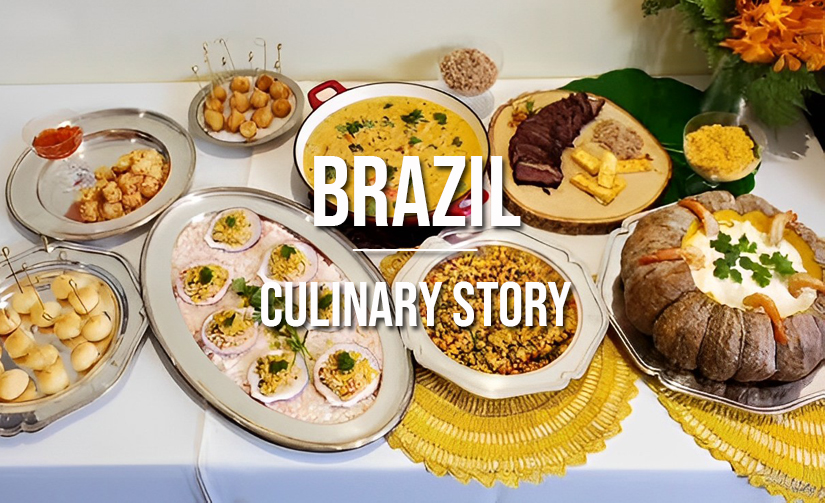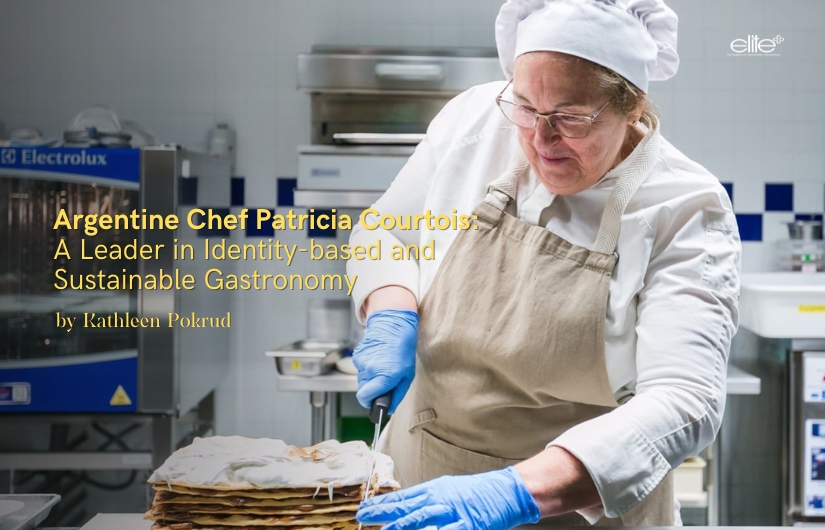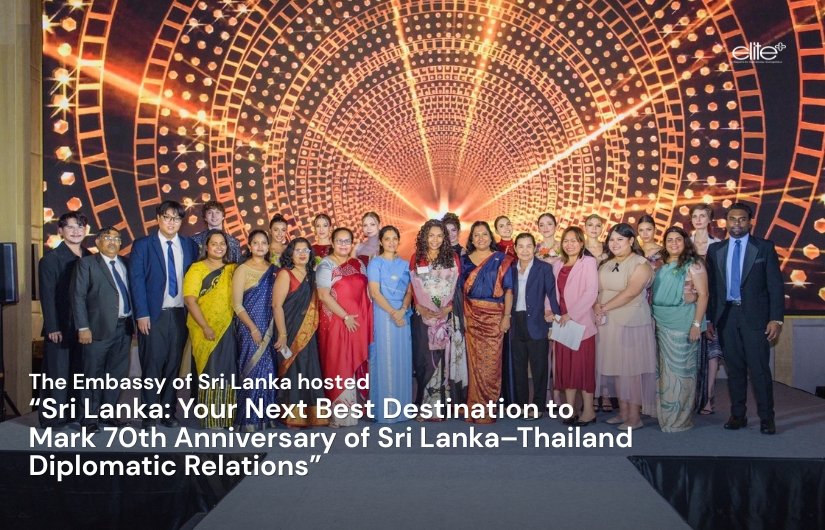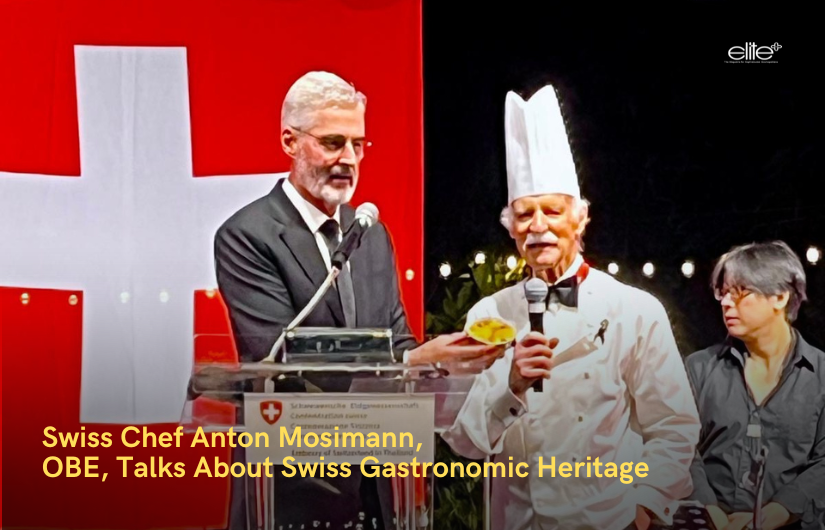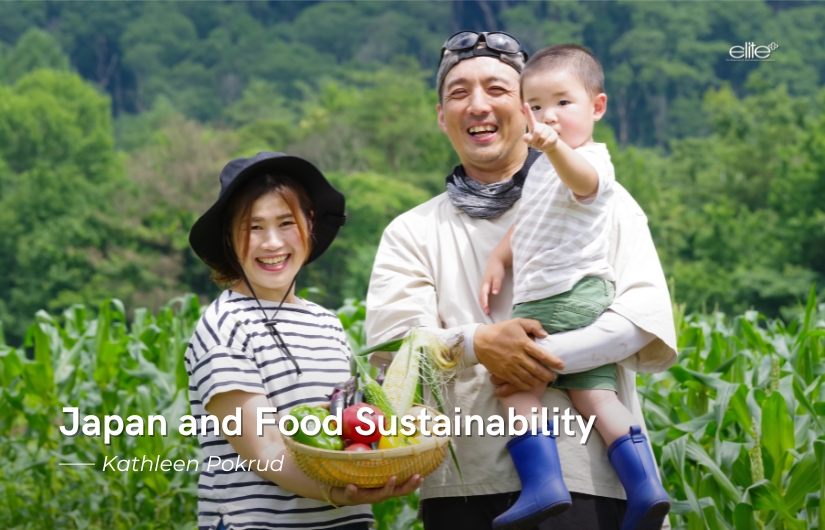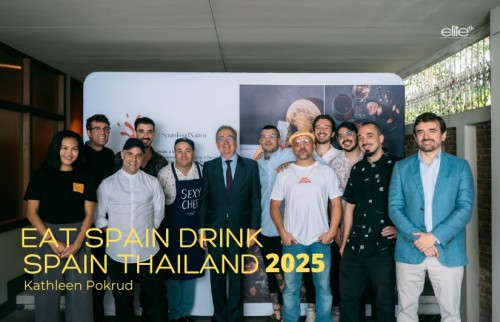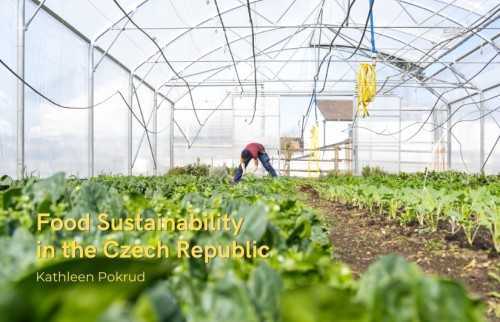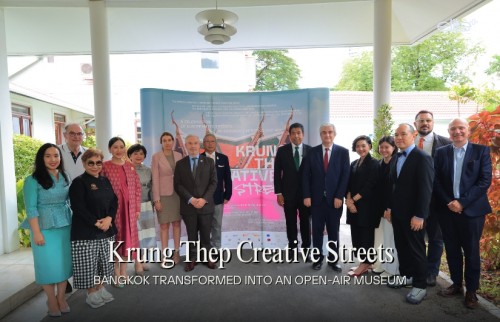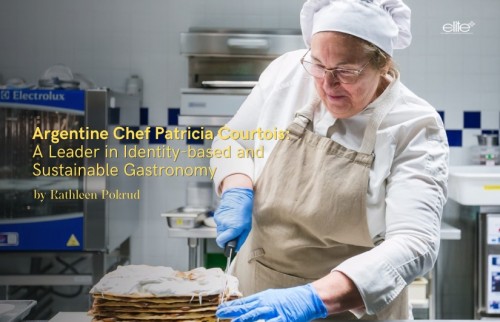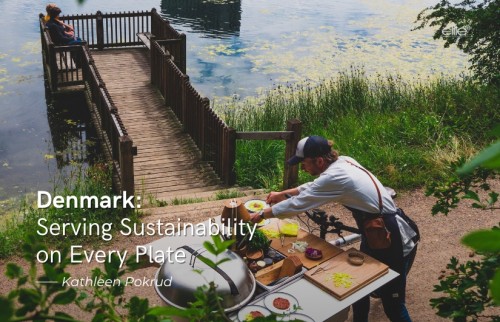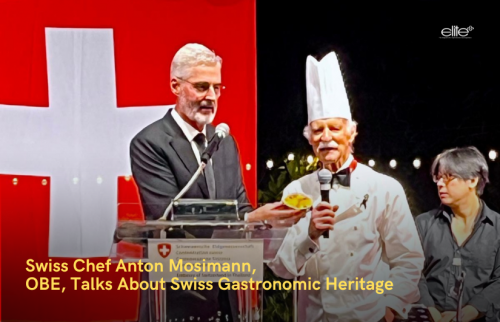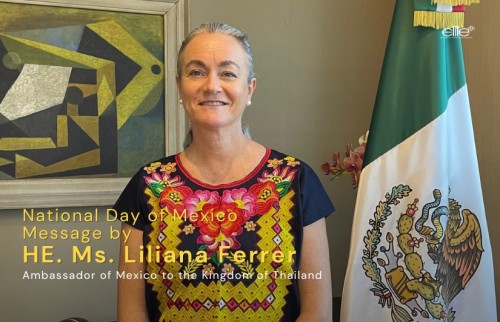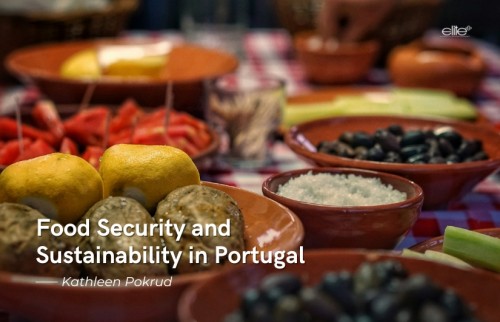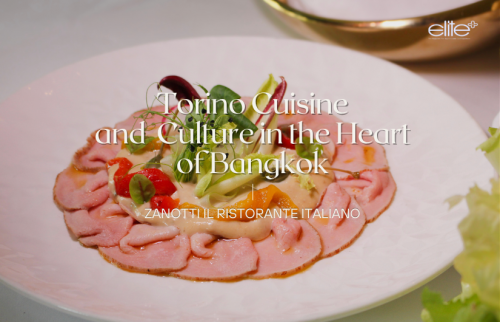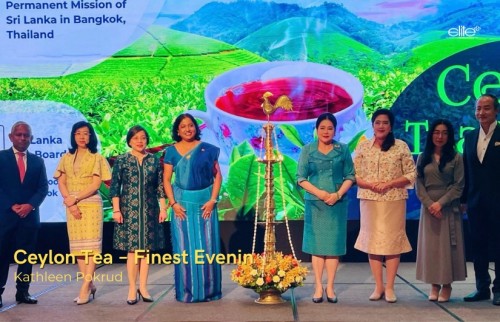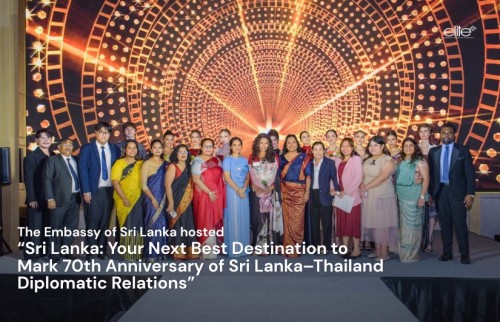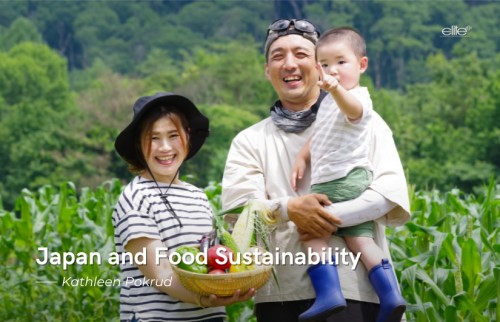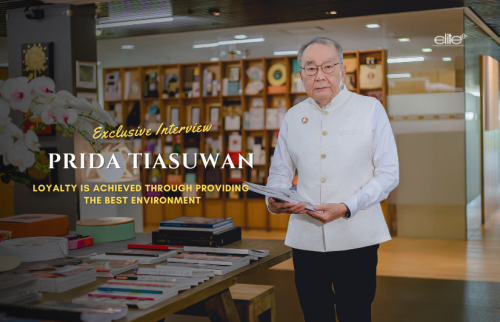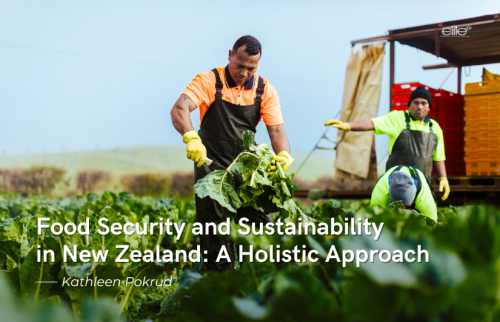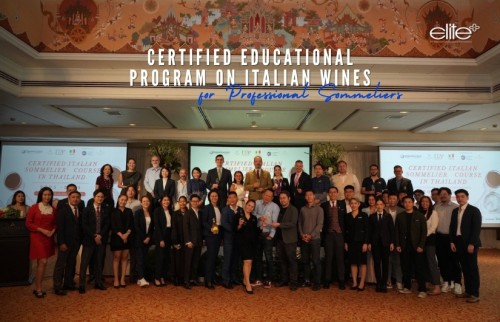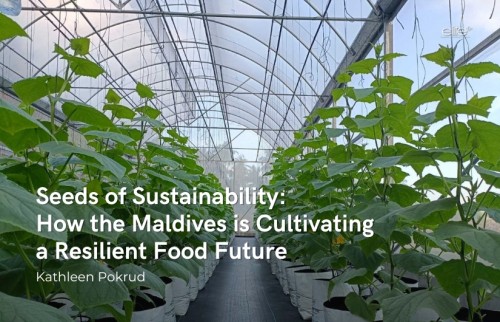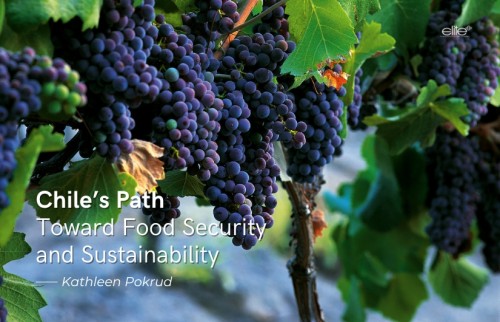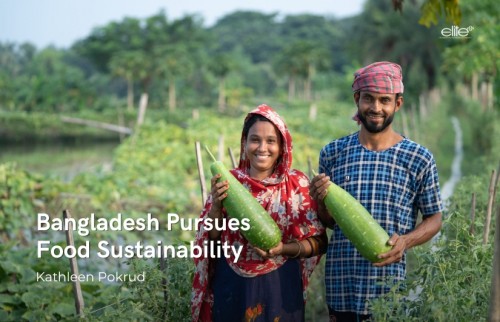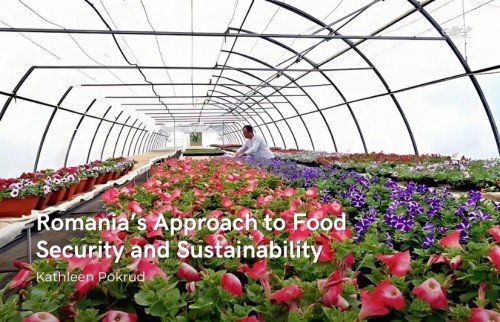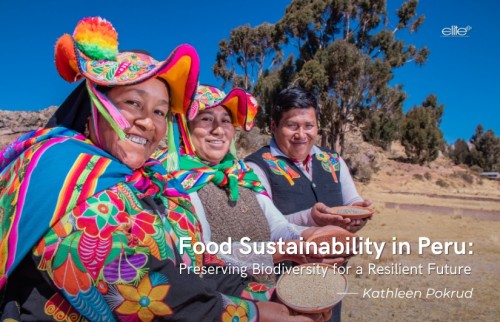Photo by Jenny Chan and Teresa Biesty
Foreword by
HE Ambassador José Borges dos Santos Junior
The Embassy of the Federative Republic of Brazil
In this culinary journey, you will discover the remarkable fusion of flavors, textures and traditions that reflect the multi-ethnic and cultural origins of the Brazilian people.

Brazil, a country renowned for its vibrant diversity, is a melting pot of indigenous, European, African and Asian influences. This rich tapestry of cultures has shaped and continues to shape our nation's cuisine, creating a gastronomic landscape unlike any other. Each region of Brazil boasts its own distinctive culinary heritage, contributing to the kaleidoscope of flavours that make up our national cuisine. Indigenous ingredients like cassava, açaí and cupuaçu form the foundation of many traditional dishes, showcasing the deep-rooted connection between the land and its inhabitants.
The arrival of Portuguese explorers in the 16th century brought a wave of European culinary traditions to Brazil. The Portuguese influence is evident in dishes such as pastel de nata, a delectable custard tart.
The African diaspora also left an indelible mark on Brazilian cuisine, with West African culinary traditions blending seamlessly with local ingredients. The tantalizing aroma of dendê oil in a bowl of acarajé, the rhythmic beat of samba that accompanies a plate of moqueca and the joyous celebration of Bahian flavours in a plate of vatapá exemplify the vibrant and soulful nature of Afro-Brazilian cuisine.
In addition to these influences, Brazil's culinary landscape is enhanced by the contributions of immigrants from Italy, Japan, Lebanon and Germany, among others. The result is a harmonious fusion of global flavours, where a plate of feijoada may be accompanied by crispy polenta; sushi finds a place at the churrascaria and kibbeh coexists with brigadeiro.
Brazilian cuisine is not merely an amalgamation of ingredients and techniques; it is a celebration of diversity, a reflection of our collective history and an expression of our vibrant culture. It is a cuisine that embodies the spirit of unity, where different flavours and traditions come together to create something truly unique and extraordinary.
Brazilian cuisine comprises a rich tapestry of flavours and influences that have evolved over centuries. Shaped by indigenous traditions, European colonization, African slave trade and immigrant communities, Brazilian cuisine is a reflection of the diverse cultural heritage of the country. I sat down with Madame Danielle Marquardt Bayer, spouse of HE Ambassador Jose Borges dos Santos Junior, to take a journey through the history of Brazilian cuisine.
_453953253.jpg)
Madame Danielle began by saying, “Before the arrival of the Portuguese in 1500, Brazil was inhabited by various indigenous tribes. These native populations had a profound impact on Brazilian cuisine, introducing ingredients such as cassava, corn, beans and various tropical fruits. They developed unique cooking techniques, like grilling food on open fires and using natural spices and herbs to enhance flavours.
_2132634499.jpg)
“After the Portuguese arrived and established their colony, they introduced their culinary traditions rooted in Mediterranean cuisine. They used wheat, rice, sugar cane, dairy products and livestock together with cooking techniques liked salting, curing and preserving meats, which were essential for long sea voyages.”
She went on to say, “During the colonial era, Brazil became a major destination for the African diaspora. They brought with them African culinary traditions that have had a lasting impact on Brazilian cuisine. They introduced ingredients like dendê oil (a variety of palm oil), okra and various spices, transforming the flavours of Brazilian dishes. Additionally, African culinary techniques such as stewing and deep-frying, became integral to Brazilian cooking, especially in the northeast and southeast regions of the country.
“Then, in the late 19th and early 20th centuries, Brazil witnessed a significant influx of immigrants, particularly from Italy, Germany, Japan and the Middle East. These immigrant communities contributed their own culinary traditions, which they merged with local ingredients and cooking techniques, creating a unique fusion in Brazilian cuisine. Italian immigrants, for instance, introduced pasta, pizza and winemaking while Japanese introduced sushi, tempura and other Japanese dishes that have become popular in Brazil.”
Madame Danielle next proudly shared, “One of the most iconic Brazilian dishes that has gained worldwide acclaim is feijoada, considered Brazil’s national dish. Another Brazilian culinary gem that has gained popularity globally is churrasco, the traditional barbecue style of cooking. Churrascarias, or Brazilian steakhouses, have opened in many countries, offering a unique dining experience where an assortment of meats, typically skewered and cooked over an open flame, are served directly at the table. The succulent cuts lively atmosphere of a churrascaria are an attraction for both locals and tourists alike.
_505042555.jpg)
“Brazilian street food has also played a significant role in spreading the popularity of the country's cuisine. Coxinha, a deep-fried dough filled with shredded chicken, and pastel, a crispy pastry filled with various savoury ingredients, have become favourites among food enthusiasts seeking a taste of Brazil.
“Moreover, the increasing interest in healthy, natural food choices has contributed to the rise of Brazilian cuisine. Ingredients such as açaí, a nutritious berry from the Amazon rainforest, and tapioca, a gluten-free starch derived from cassava, have gained recognition for their health benefits and have been incorporated into various international cuisines.”
The world’s fifth largest country in terms of territory, Brazil has several diverse, regional ecosystems. Each has its own distinct culinary traditions. In the Amazon rainforest, indigenous ingredients, like açaí berries, manioc and river fish play a prominent role. In the northeast, African and indigenous influences are strong, with dishes like acarajé, moqueca and feijoada that are emblematic of the region. The south is known for its barbecue, with churrasco being a staple and the southeast, which includes cities like Rio de Janeiro and São Paulo, has a more cosmopolitan cuisine influenced by various immigrant communities.
Brazilian cuisine has evolved and changed over the years, reflecting a combination of influences from various cultures and regional traditions. While there are still many traditional dishes that have been passed down through generations, Brazilian cuisine has also incorporated new ingredients, flavours and cooking techniques. Fusion cuisine has become popular, combining Brazilian ingredients and cooking methods with elements from other cultures. There has been a focus on healthier eating and the use of locally sourced, organic ingredients. Many chefs and food enthusiasts are exploring traditional recipes and ingredients, adapting them to modern tastes and dietary preferences.
Madame Danielle summarized, “Brazilian cuisine continues to evolve and adapt to changing tastes and influences. It is a vibrant and diverse culinary landscape that reflects the country's multicultural heritage and its openness to new culinary experiences.
“To label Brazilian modern cuisine, the country has a number of well-known chefs, who have attained international recognition and are representatives of Brazilian modern cuisine.”
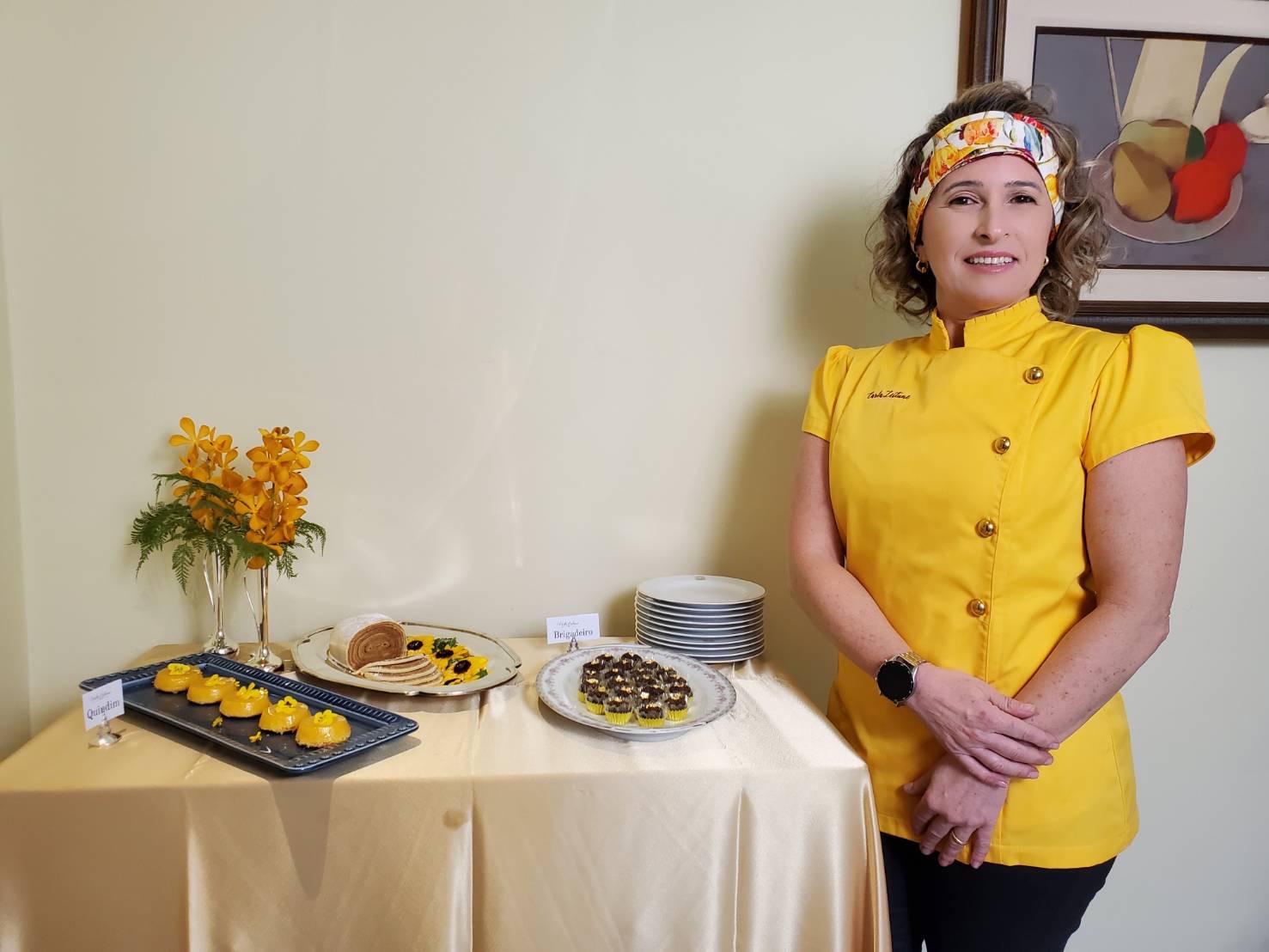
These renowned Brazilian chefs include Alex Atala, known for his pioneering work in using indigenous Brazilian ingredients and promoting sustainable cooking practices; Helena Rizzo, named the ‘Best Female Chef in the World’ by The World's 50 Best Restaurants list; Roberta Sudbrack, who has been instrumental in redefining Brazilian cuisine, combining classic recipes with modern twists; Bela Gil, known for her creative plant-based recipes; and finally, Rodrigo Oliveira, who specializes in traditional north-eastern Brazilian cuisine.
As our interview drew to a close, Madame Danielle reflected, “Brazilian cuisine is a vibrant and delicious representation of the country's wide ranging cultural heritage. Its popularity worldwide is a testament to its unique blend of traditional and modern cooking techniques and its ability to adapt and evolve over time.”
Key representative Brazilian dishes
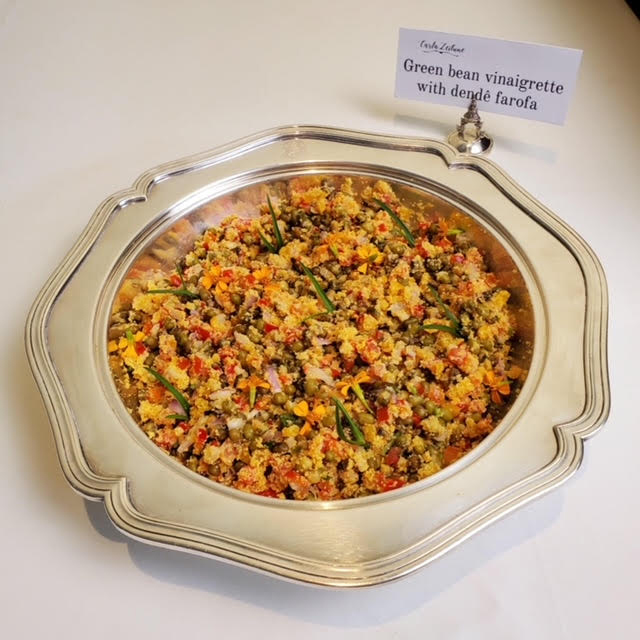
Feijoada
This hearty black bean stew with various cuts of pork, served with rice, collard greens, farofa (toasted cassava flour) and orange slices, has become synonymous with Brazilian cuisine. Its robust flavours and comforting nature have resonated with people from different backgrounds.
_1864413096.jpg)
Brigadeiro
A beloved Brazilian sweet treat, brigadeiro is a chocolate truffle made from condensed milk, cocoa powder and butter and then covered in chocolate sprinkles. It is a popular dessert served at parties and celebrations.
Acarajé
Hailing from the north-eastern state of Bahia and an Afro-Brazilian staple, acarajé is a deep-fried ball of black-eyed pea dough filled with spicy shrimp, vatapá, a paste made from shrimp, coconut milk, bread and dendê oil, and caruru, a sauce made from okra.
_1285737343.jpg)
Moqueca
A flavourful fish stew originating in the coastal regions of Brazil, particularly Bahia and Espírito Santo, it typically features fish (often red snapper), onions, tomatoes, bell peppers, garlic, cilantro, coconut milk and dendê oil and is served with rice and farofa.
_297946672.jpg)
Pão de quejo
These small, chewy "cheese breads" served any time of day is a popular Brazilian snack made from cassava flour (or tapioca starch), cheese (usually Parmesan or Minas cheese), eggs and milk.
_655702622.jpg)
Coxinha
A popular Brazilian street food and appetizer, crispy on the outside and moist on the inside, it consists of shredded chicken wrapped in a dough made from wheat flour, shaped into a teardrop or drumstick shape, breaded and deep-fried.
Açaí bowl
Originating from the Amazon rainforest, açaí bowls have gained popularity worldwide. It is a dish made from frozen and mashed açaí berries, topped with granola, sliced fruits like banana and strawberries, and sometimes drizzled with honey or condensed milk.
_879995994.jpg)
Bobó de camarão
This is a traditional dish served with rice from the north-eastern state of Bahia, featuring a creamy shrimp stew made with coconut milk, dendê oil, cassava (manioc) purée, onions, garlic, tomatoes, and spices.
A special thanks to the Brazilian chef, Carla Zeitune who resides in Bangkok, for preparing all the home-made dishes on display with the food demonstration at the Kitchen of the Residence of the Embassy of Brazil.
_1323680087.jpg)
_1603530017.jpg)
_2122917661.jpg)


